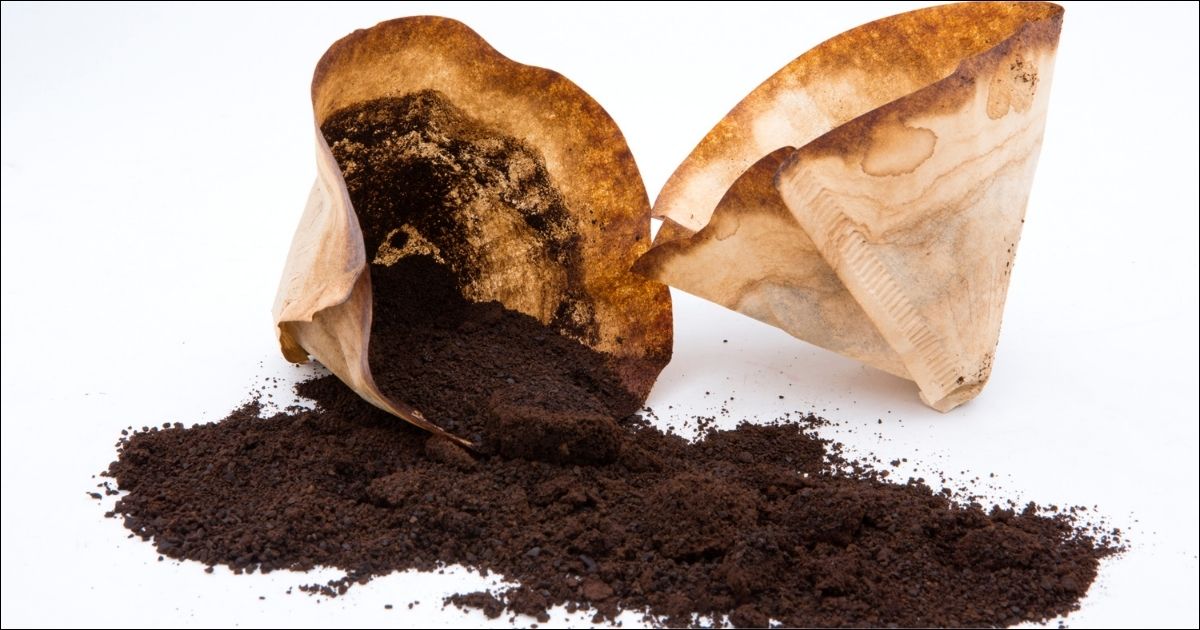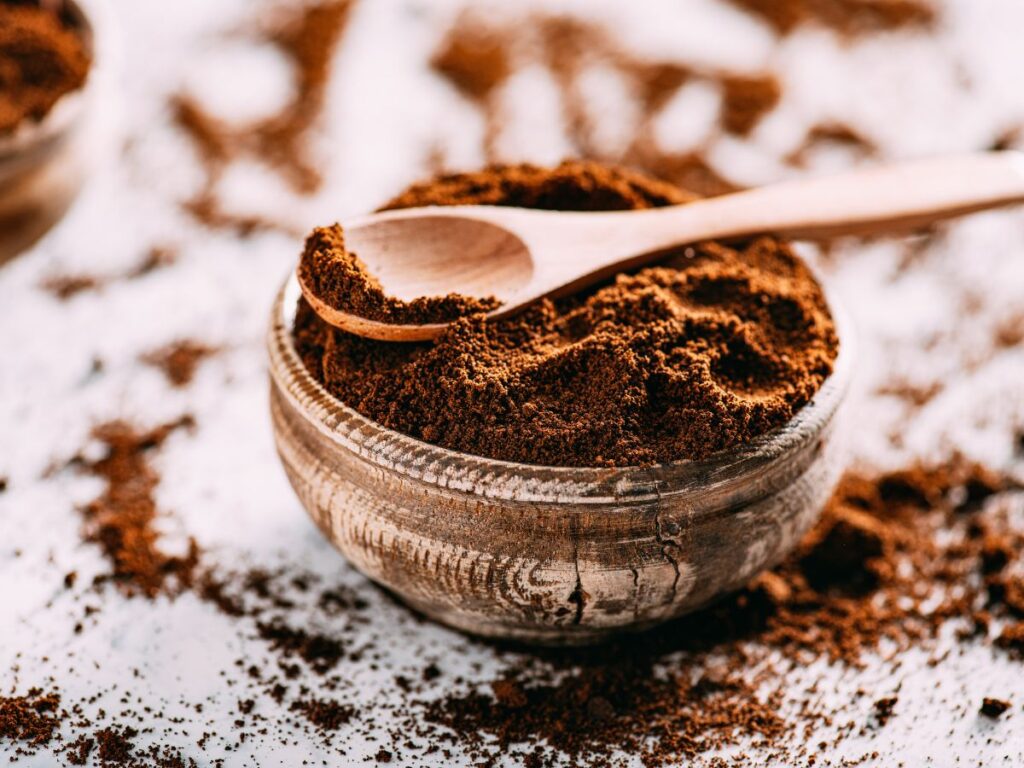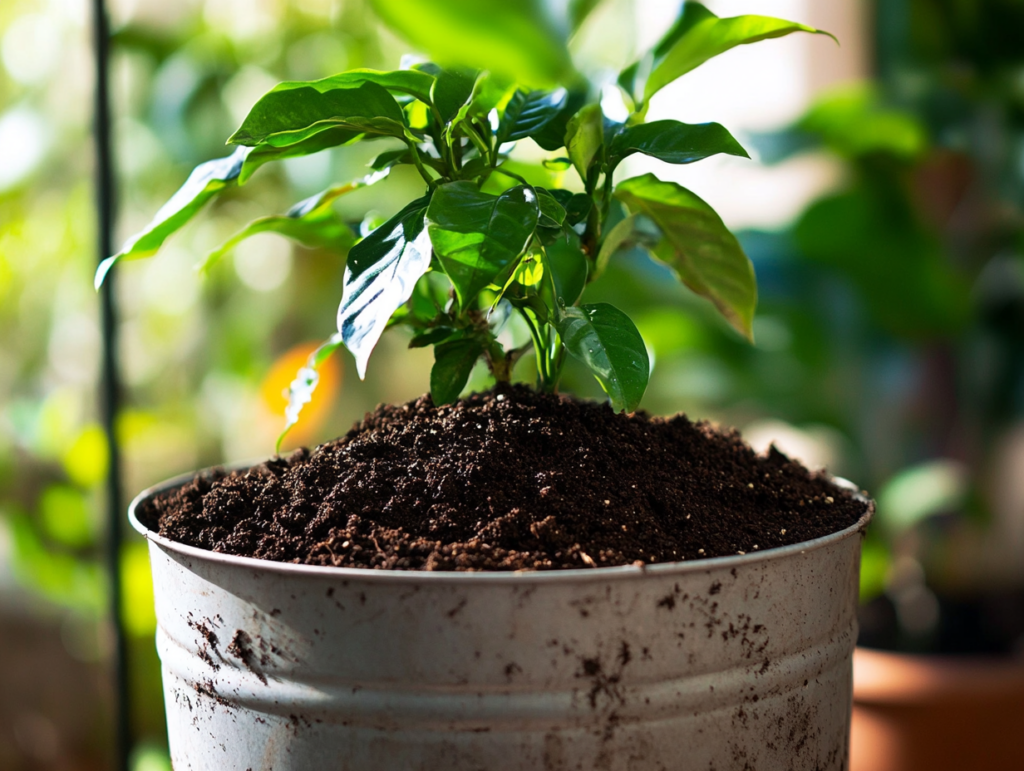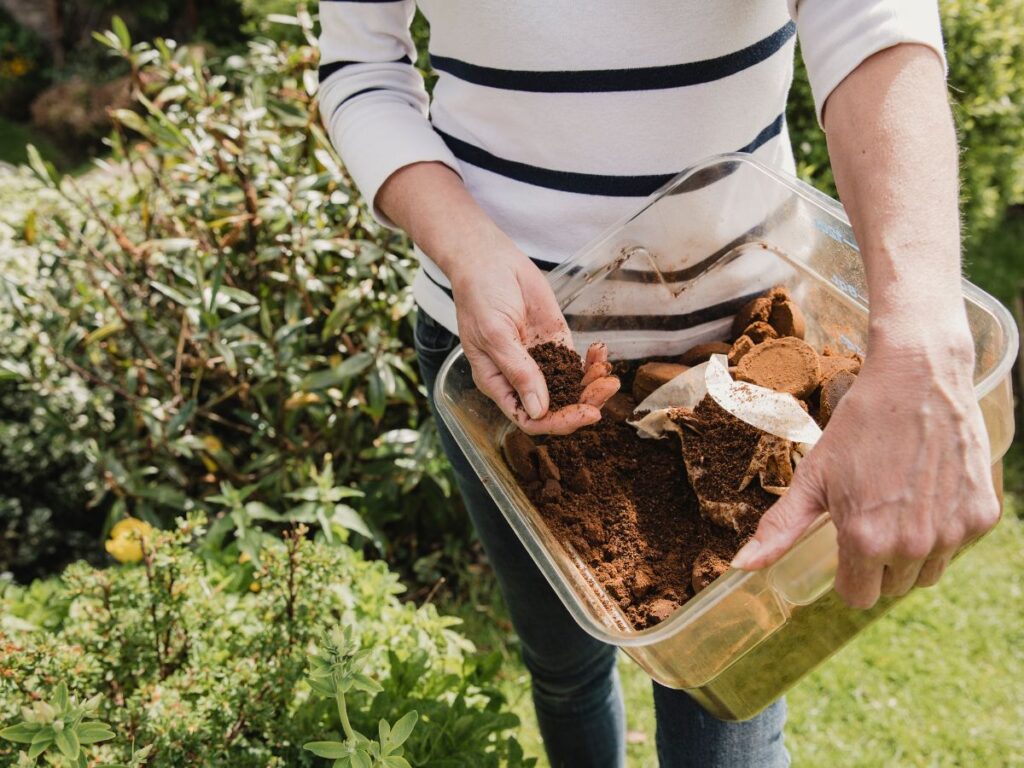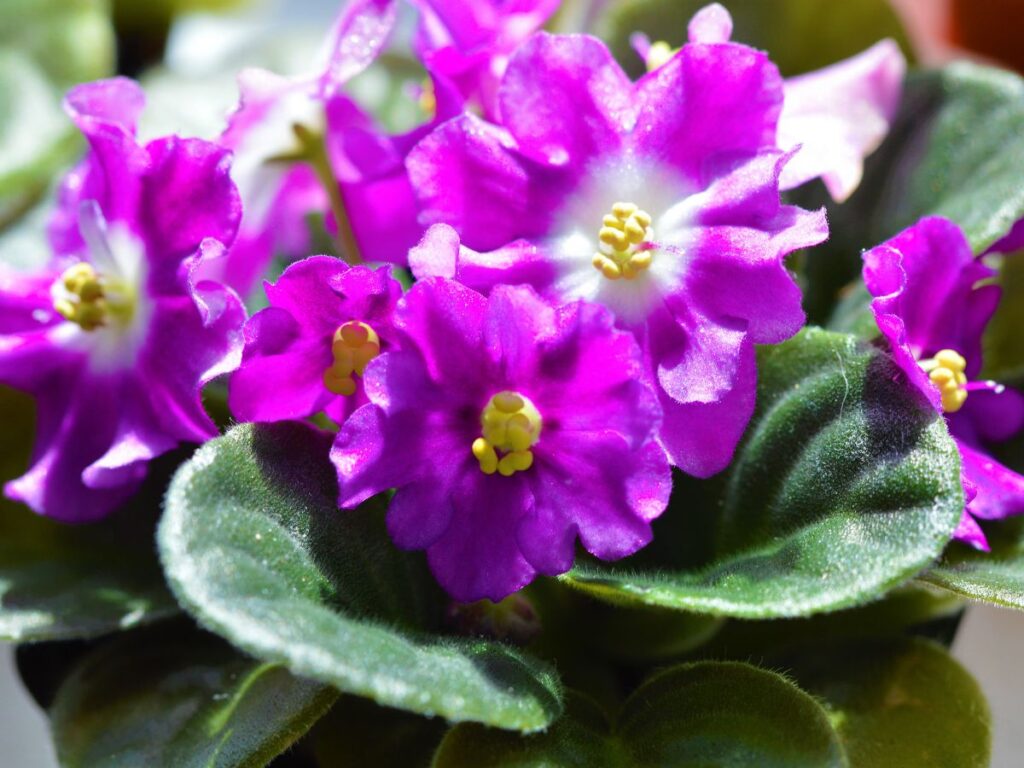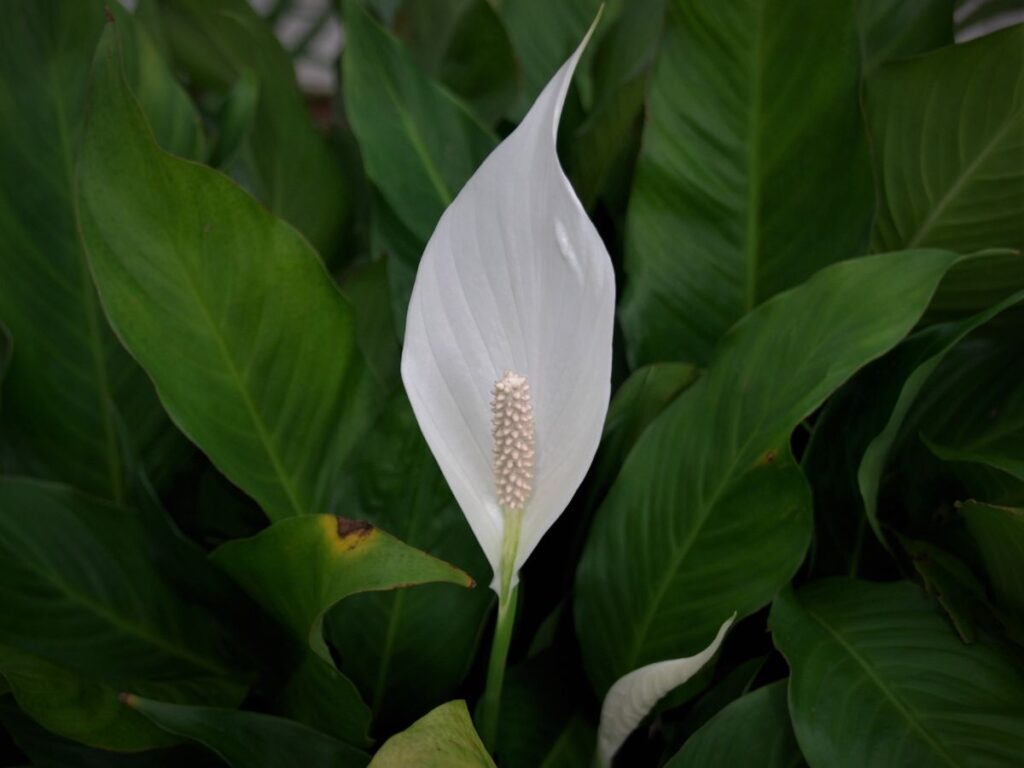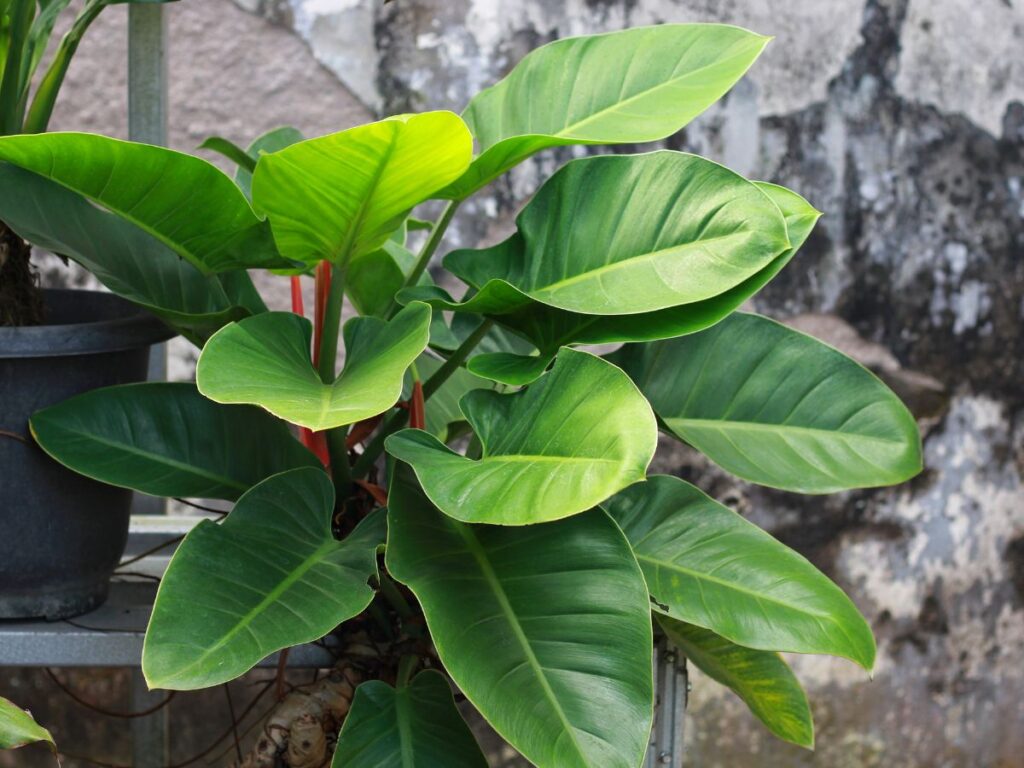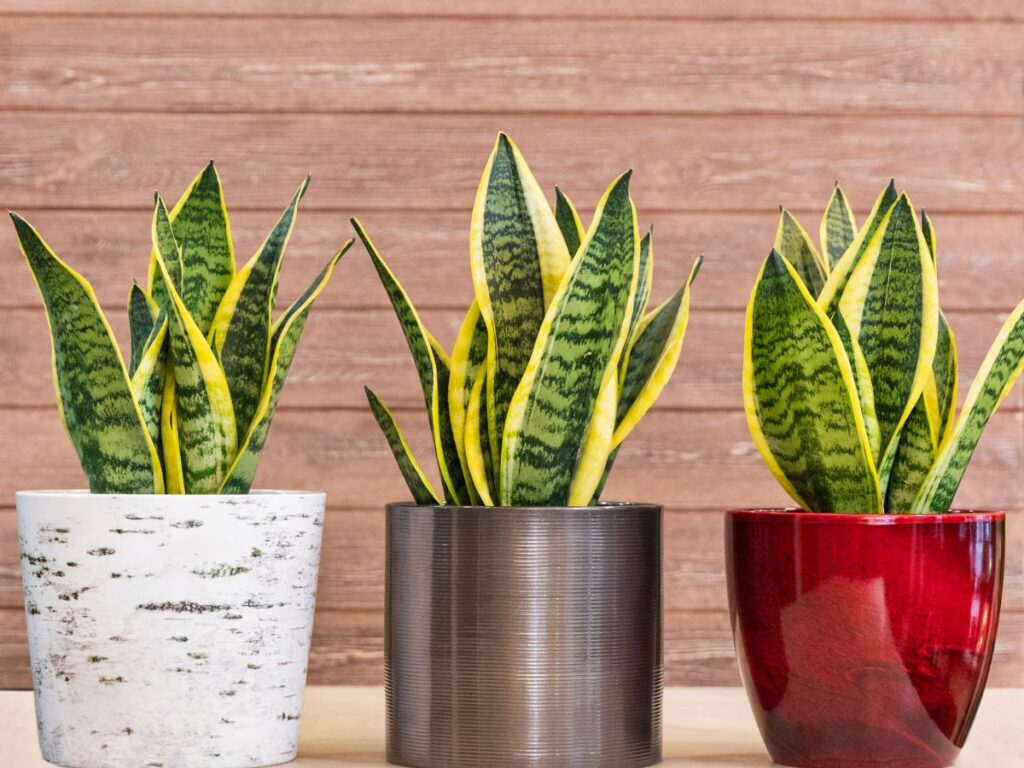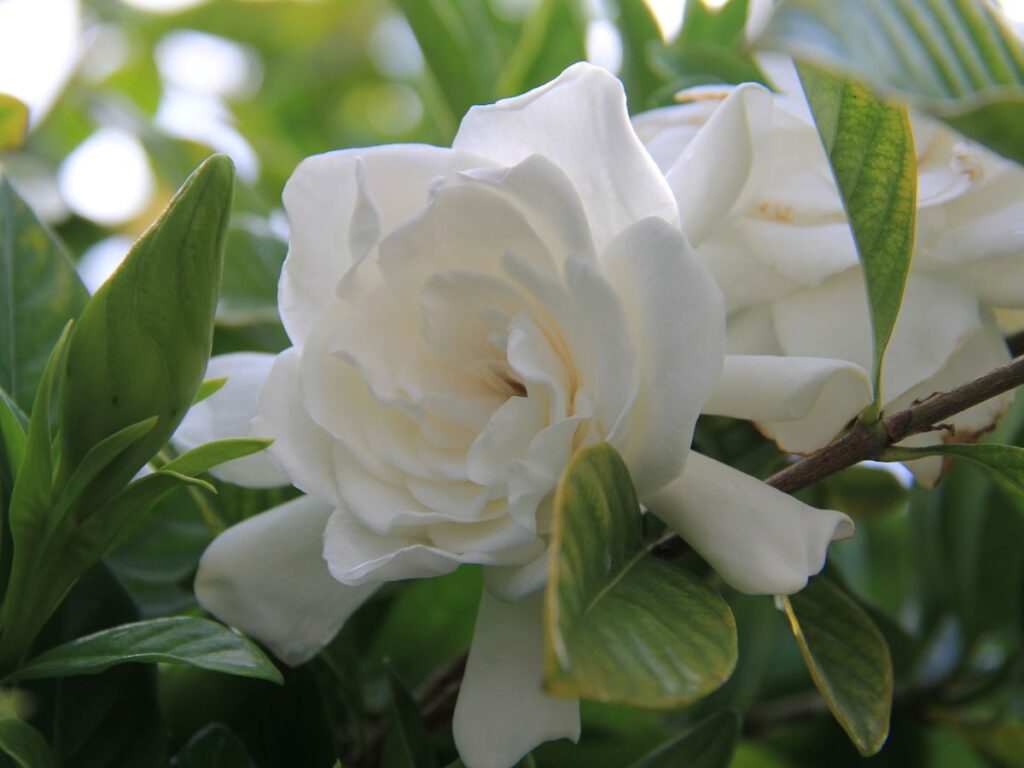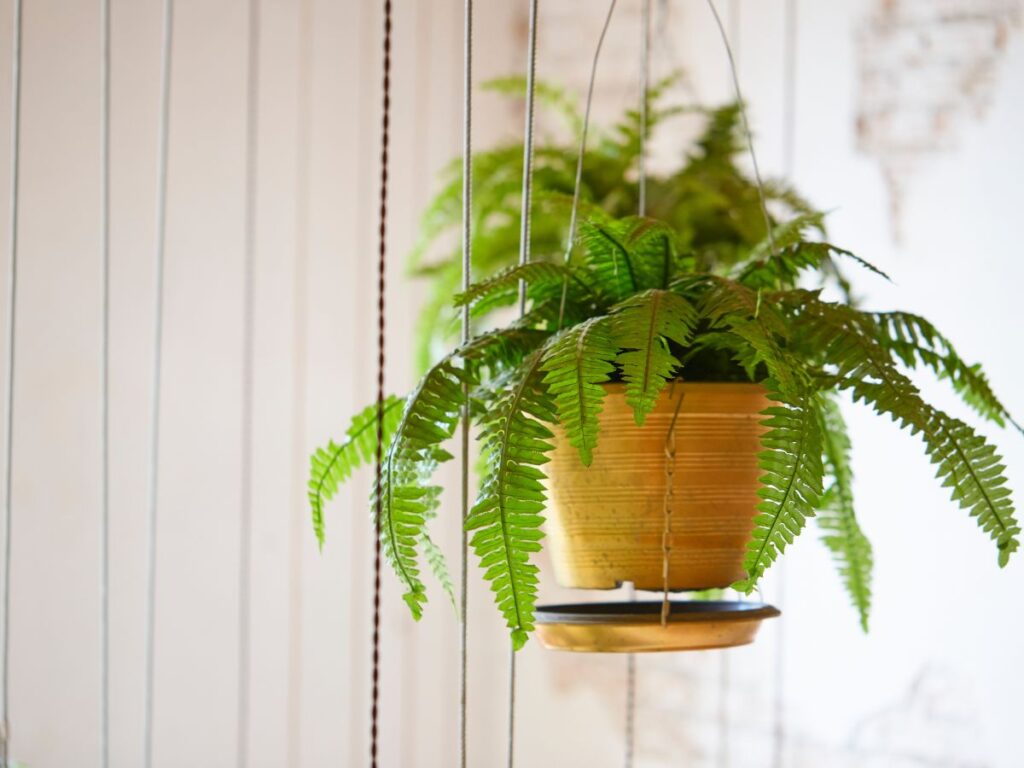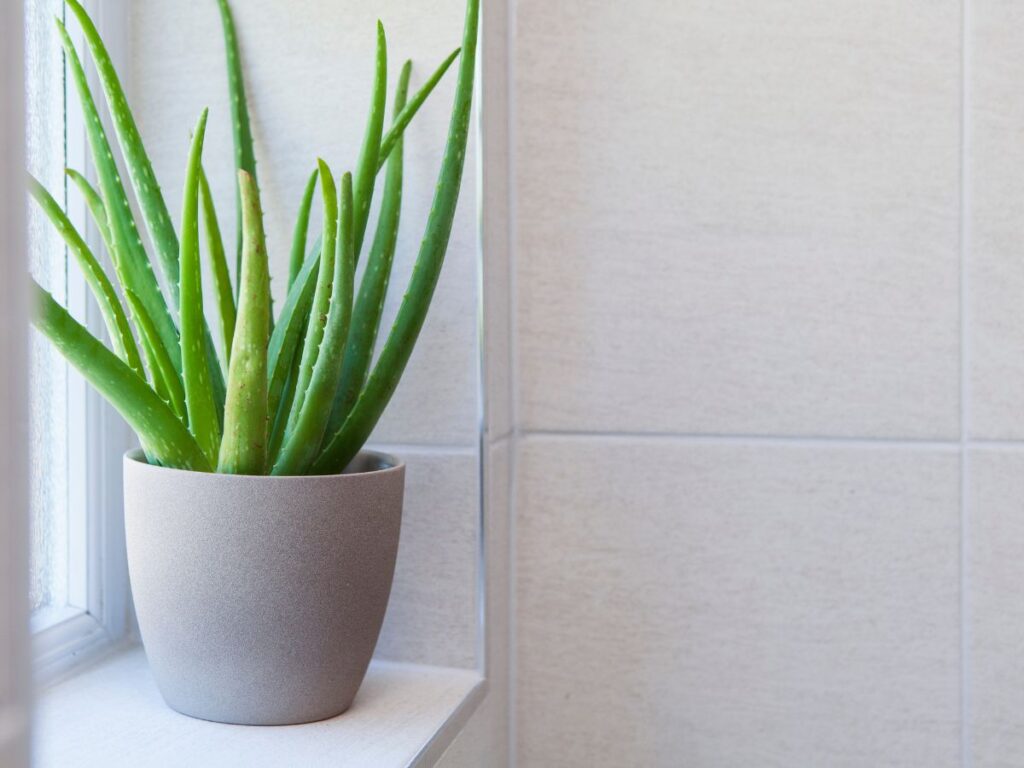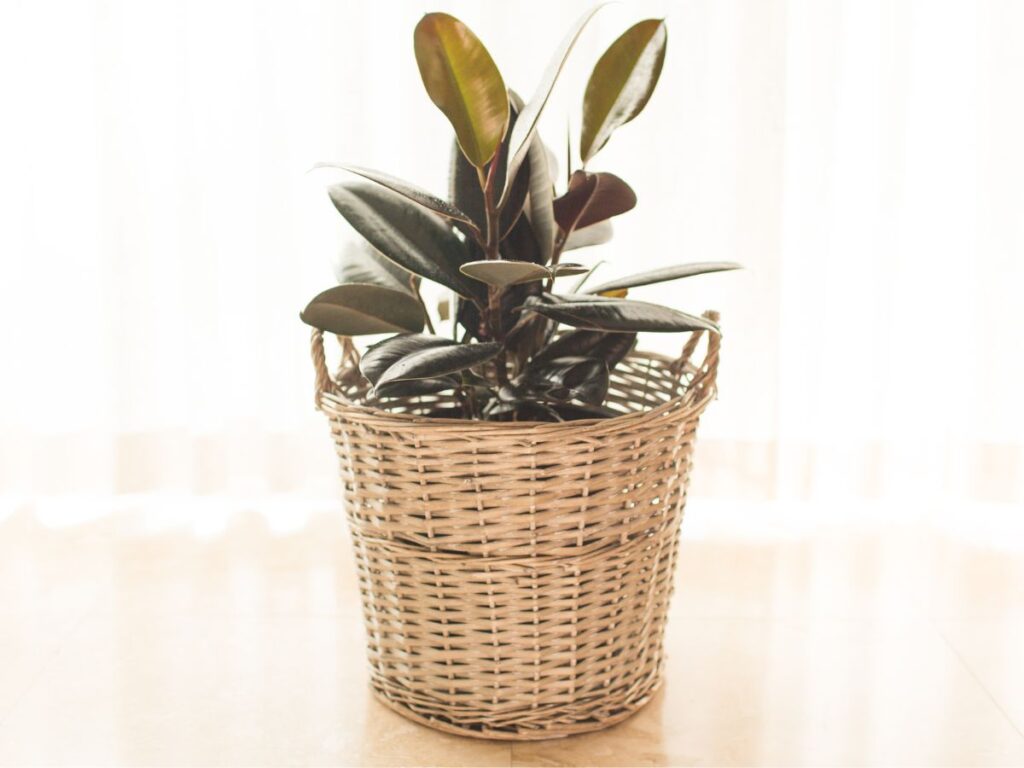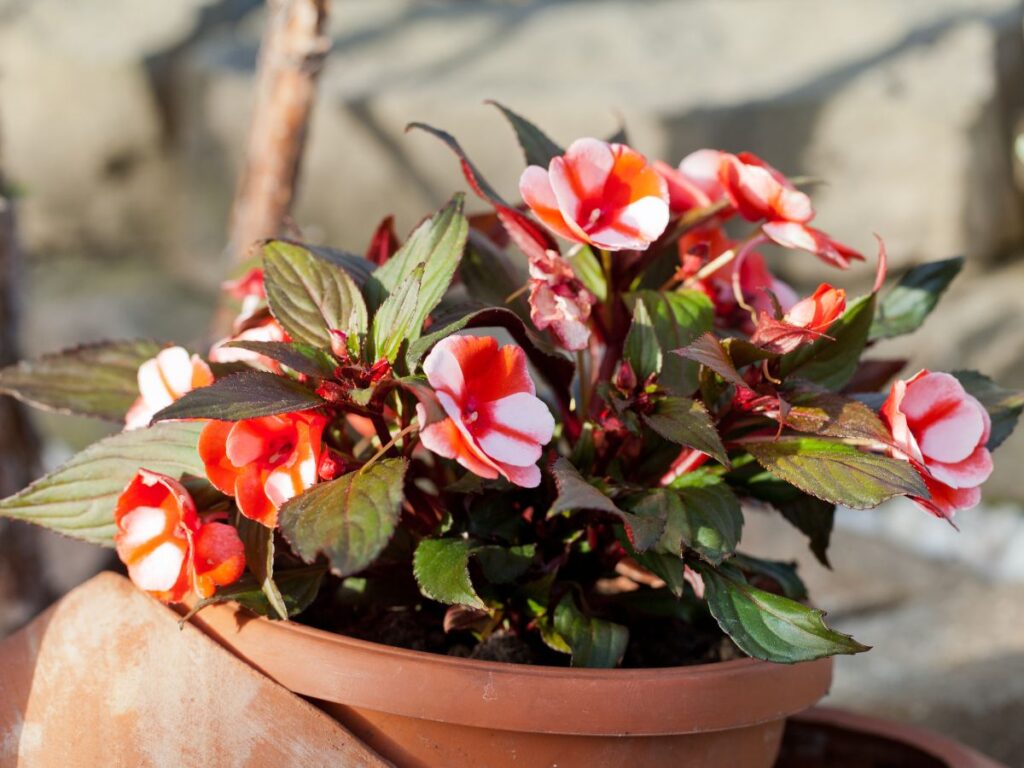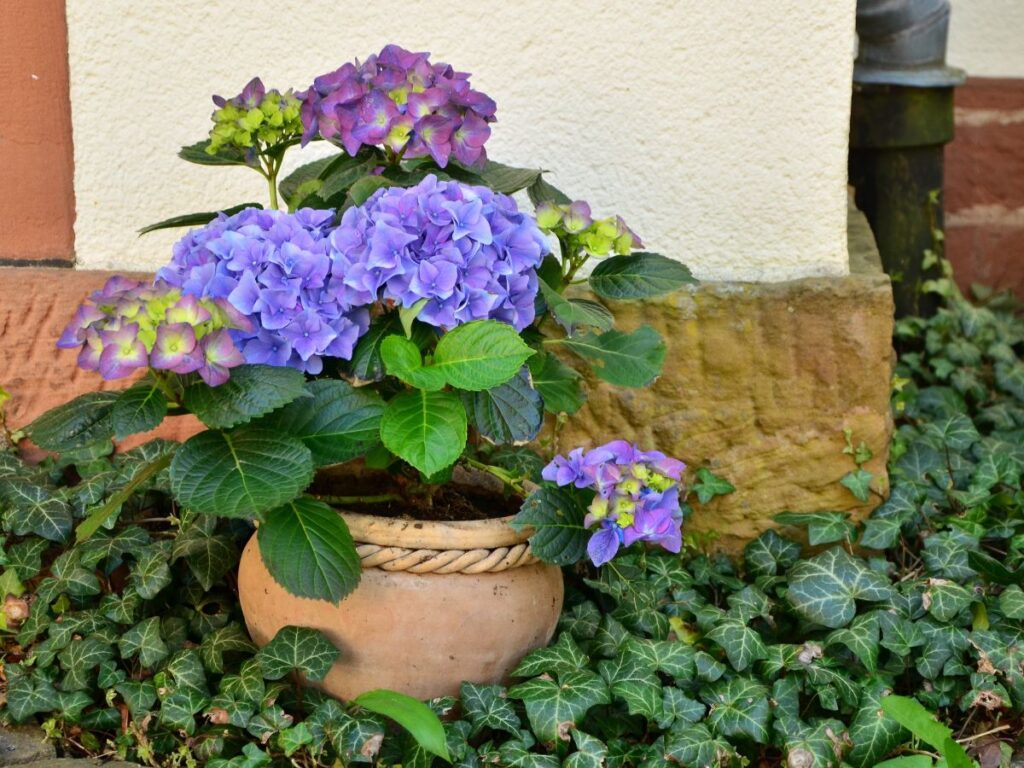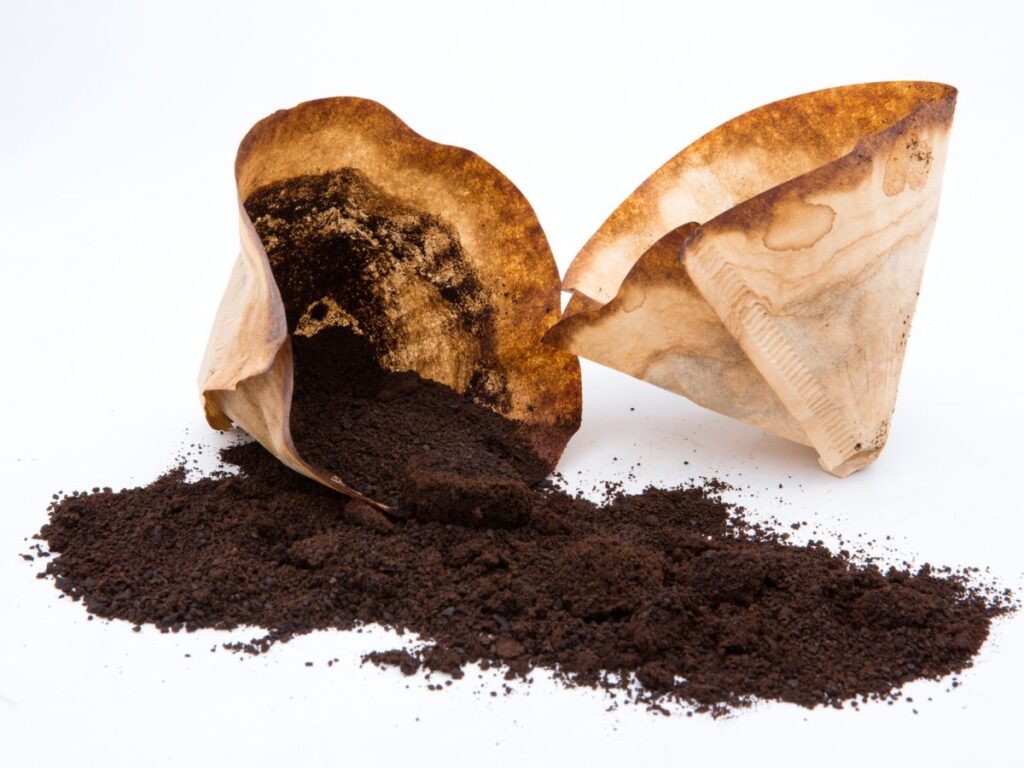Ever thought your morning coffee could benefit your houseplants? Those used coffee grounds can be a nutrient-rich addition to your plant care routine.
Many houseplants thrive when coffee grounds are added to their soil, as they provide essential nutrients like nitrogen, which promotes healthy leaf growth.
Coffee grounds also help improve soil drainage and aeration, making them a versatile tool in keeping your plants happy.
They can improve the structure of the soil, allowing roots to grow more freely. You might find your indoor garden looking greener and more vibrant with this simple addition.
Before you rush to your kitchen, it’s important to know which houseplants actually enjoy coffee grounds.
Some plants respond positively, while others might not benefit at all. Dive into the list of 20 houseplants that will truly appreciate this natural fertilizer.
Benefits of Coffee Grounds for Houseplants
Coffee grounds can be an amazing addition to your houseplant care routine. They enhance soil structure, promote healthy plant growth, and help keep pests at bay.
Improving Soil Structure
Using coffee grounds in the soil can add a beneficial texture. They help to improve drainage, allowing water to move more freely through the soil and reducing the risk of root rot.
Coffee grounds add organic matter to the soil, which can increase aeration by preventing it from becoming too compact. This is crucial for healthy root development, as roots require oxygen to thrive.
Coffee grounds also provide a gentle acidification of the soil. Many houseplants, such as ferns and azaleas, prefer slightly acidic soil. Adding coffee grounds can create a more suitable environment for these plants, ensuring healthier growth.
Enhancing Plant Growth
Coffee grounds contain essential nutrients like nitrogen, potassium, and phosphorus, which are key for plant growth. As the grounds break down, they slowly release these nutrients, providing steady nourishment.
You can mix coffee grounds with compost to create a nutrient-rich amendment for your plants. This combination can lead to even better growth, as the decomposing coffee grounds enhance the overall nutrient profile of the compost.
Coffee grounds also encourage beneficial microorganisms in the soil. These microorganisms help break down organic matter more efficiently, enhancing nutrient availability for your houseplants.
Natural Pest Deterrent
Coffee grounds can be an effective way to keep pests away from your beloved plants. The grounds create a physical barrier that deters crawling insects like slugs and snails.
The smell of coffee grounds is unappealing to many pests. Ants, for instance, are less likely to invade pots enriched with coffee grounds.
This natural deterrent can help keep your plants healthier by reducing the need for chemical pesticides.
Bear in mind that moderation is key. Too many coffee grounds can lead to issues, so use sparingly for the best results.
20 Houseplants That Benefit from Coffee Grounds
1. African Violet
The African Violet is a delicate plant that thrives in slightly acidic soil. Introducing coffee grounds into its potting mix can help lower the pH levels, creating an environment where it can flourish.
The nitrogen in the grounds promotes lush, vibrant foliage, enhancing the plant’s overall health. Just remember to use them sparingly to avoid over-acidifying the soil.
2. Peace Lily
Peace Lilies are known for their striking white blooms and preference for moist, acidic soil. Coffee grounds can help retain moisture while providing essential nutrients.
The grounds improve soil structure, allowing roots to access oxygen more effectively. This combination fosters robust growth and more frequent flowering.
3. Spider Plant
Spider Plants are hardy and adaptable but appreciate the occasional nutrient boost. The slow-release nitrogen from coffee grounds supports their rapid growth and the development of their characteristic spiderettes.
Mixing a small amount into the soil can also deter pests, keeping the plant healthy and vibrant.
4. Jade Plant
As succulents, Jade Plants don’t need heavy fertilization, but they do benefit from the trace elements found in coffee grounds.
The grounds can enhance soil drainage, crucial for preventing root rot in these drought-tolerant plants. Additionally, the slight acidity helps in nutrient absorption without overwhelming the plant.
5. Philodendron
Philodendrons are tropical plants that prefer rich, well-draining soil. Coffee grounds contribute organic matter, improving soil fertility over time. The added nutrients support the development of larger leaves and a fuller appearance.
Be cautious with the amount, as too much can make the soil too dense and retain excess moisture.
6. Christmas Cactus
The Christmas Cactus flourishes in humid, acidic conditions similar to its native rainforest habitat.
Incorporating coffee grounds into the soil can mimic these conditions, promoting healthy growth and vibrant blooms. The grounds also help maintain soil moisture, reducing the frequency of watering.
7. Azalea
Azaleas are classic acid-loving plants. They respond exceptionally well to the acidity and nutrient content of coffee grounds.
Using them as a mulch or soil additive can enhance flower production and leaf color. This natural amendment can lead to a more vigorous and aesthetically pleasing plant.
8. Cyclamen
Cyclamens prefer slightly acidic soil and benefit from the organic matter provided by coffee grounds.
The nutrients support their tuber growth and the production of their distinctive, colorful flowers. However, moderation is key to prevent fungal issues due to excessive moisture retention.
9. Snake Plant
While Snake Plants are low-maintenance, they can benefit from the occasional addition of coffee grounds.
The nitrogen promotes leaf growth, resulting in taller and more robust plants. The grounds also improve soil aeration, which is beneficial for their rhizomes.
10. Gardenia
Gardenias are notorious for their specific soil preferences, requiring acidic conditions to thrive.
Coffee grounds can help maintain the desired pH level and supply essential nutrients. Regular application can lead to healthier foliage and more abundant, fragrant blossoms.
11. Ferns
Ferns, with their love for damp and shaded environments, appreciate the moisture-retaining properties of coffee grounds.
The added organic matter enhances soil structure, providing the ideal conditions for their delicate root systems. The nutrients support the development of lush fronds.
12. Aloe Vera
Aloe Vera plants can benefit from the improved drainage that coffee grounds offer.
While they don’t need acidic soil, the grounds can enhance soil texture and provide trace minerals. It’s important to use them sparingly to avoid altering the soil pH too drastically.
13. Orchids
Orchids are often perceived as delicate and challenging to care for, but with the right conditions, they can thrive beautifully. These epiphytic plants appreciate a slightly acidic environment, which coffee grounds can provide.
Incorporating a small amount into their potting medium can enhance nutrient availability and mimic their natural habitat. However, due to their specific needs, it’s crucial to ensure the grounds are used sparingly to prevent root rot.
14. Rubber Plant
The Rubber Plant is a popular choice for indoor greenery, known for its large, glossy leaves. It prefers well-draining, slightly acidic soil.
Coffee grounds can improve soil texture and provide a gentle acidification, promoting healthier foliage. The nitrogen content supports vigorous growth, resulting in a more robust and visually striking plant.
15. Begonia
Begonias, with their vibrant flowers and decorative leaves, thrive in rich, slightly acidic soil. Adding coffee grounds can enhance the soil’s organic matter, improving moisture retention and nutrient content.
This can lead to more abundant blooms and healthier leaf development. It’s important to balance the addition with other soil components to maintain proper drainage.
16. Hydrangeas
While typically an outdoor plant, certain varieties of Hydrangeas can be grown indoors. Coffee grounds can influence the soil pH, affecting the coloration of the blooms.
In acidic conditions provided by coffee grounds, some Hydrangea species produce bluer flowers. This natural method of adjusting soil acidity can be a fascinating way to experiment with bloom colors.
17. Pothos
Pothos plants are renowned for their hardiness and air-purifying qualities. They can benefit from the slow-release nutrients in coffee grounds.
The added organic matter improves soil aeration and drainage, essential for preventing root rot in these vining plants. A modest application can stimulate growth and enhance leaf coloration.
18. English Ivy
English Ivy is a versatile houseplant that appreciates fertile, well-draining soil. Coffee grounds contribute to soil richness, supplying nutrients that support vigorous vine growth.
The slight acidity can also deter certain pests, offering a dual benefit. As with other plants, moderation is key to avoid over-acidification.
19. Blueberry Bushes
For those adventurous enough to grow fruiting plants indoors, dwarf Blueberry bushes can be a rewarding choice. These plants are acid-loving and thrive with the addition of coffee grounds.
The grounds enrich the soil, promoting healthy growth and potentially more fruitful yields. Regular but careful application can help maintain the ideal soil conditions.
20. Camellias
Camellias are prized for their stunning flowers and glossy leaves.
They require acidic soil to flourish, making coffee grounds a suitable amendment. Incorporating them can enhance soil fertility and structure, leading to more vibrant blooms. Ensuring proper drainage is essential to prevent root issues.
Incorporating coffee grounds into your houseplant care routine is more than just a gardening hack; it’s a step toward a more mindful and sustainable lifestyle.
Each plant has its unique needs, and understanding how coffee grounds interact with those needs is key. From enhancing soil structure to providing essential nutrients, the benefits are manifold when applied thoughtfully.
So next time you brew a cup of coffee, consider saving the grounds. Your plants might just thank you with a little extra greenery and a few more blooms.
In the harmonious blend of our daily habits and the nurturing of life, we find a deeper connection to the world around us, a small but significant way to make a positive impact.
